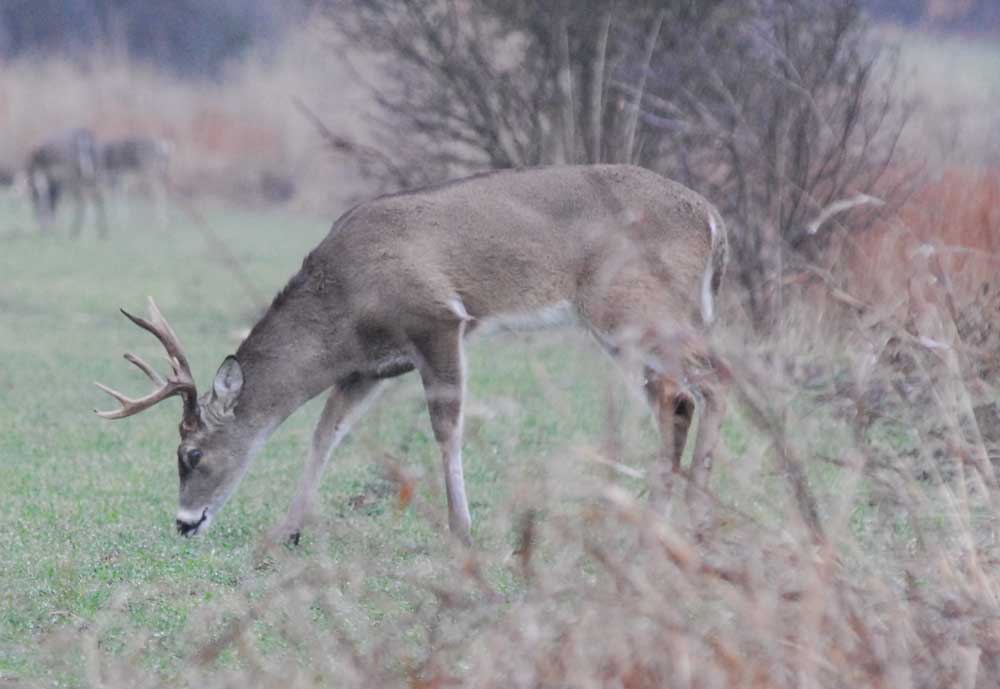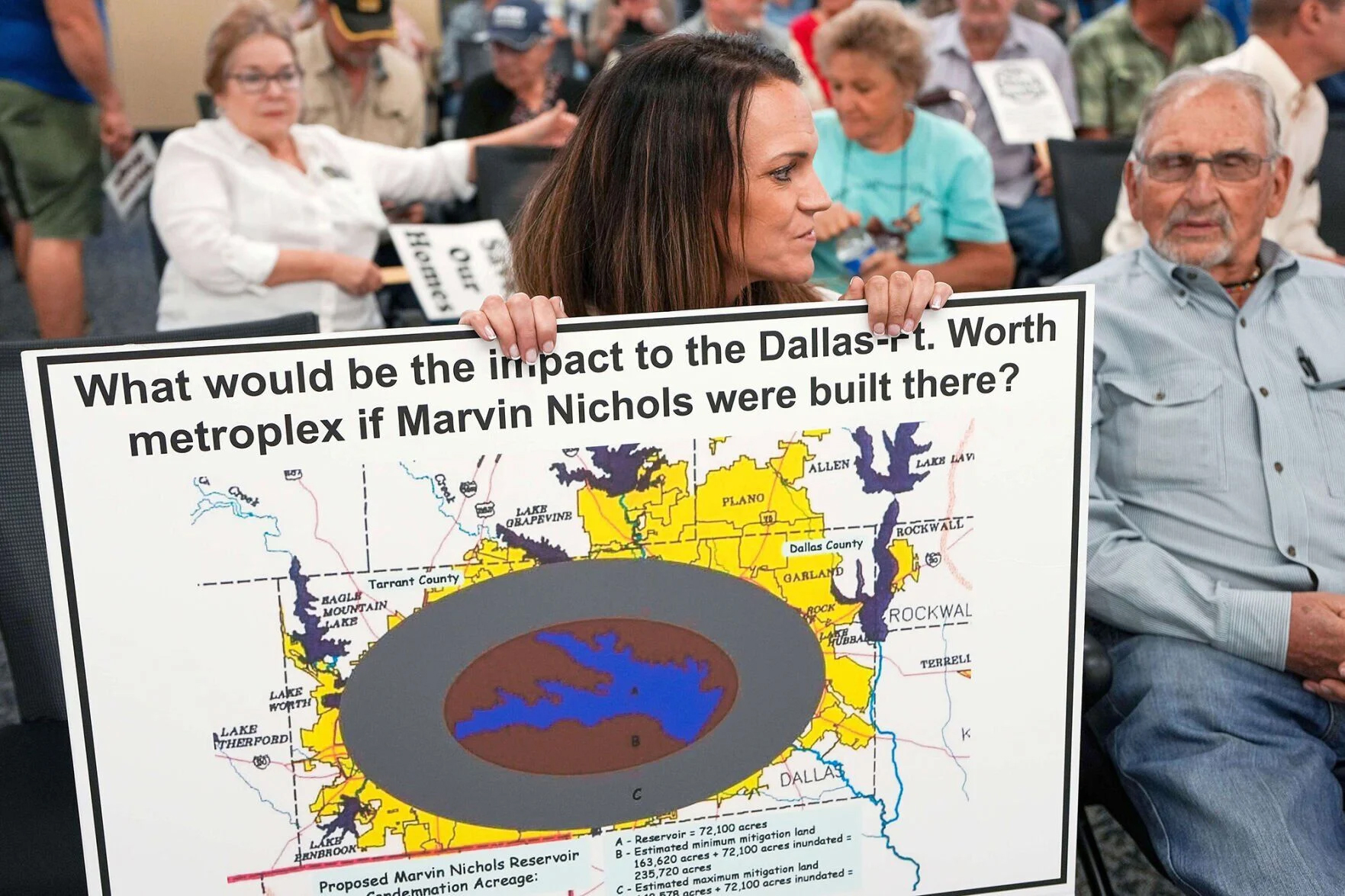Search and Recovery: Tracking skills are an important part of archery hunting
Published 9:45 am Friday, October 4, 2024

- Because deer seldom go down immediately from an archery shot, hunters must know how to follow a trail and that starts with waiting. (Steve Knight/Tyler Morning Telegraph)
Being able to hit the target at 30 or 40 yards is just part of the skill required by bowhunters. Even though the equipment is so much better today than it was in the early years of the sport, being able to track an animal after it has been shot has always been and will continue to be every bit as important.
It’s not a bad skill for gun hunters to work on as well.
The first thing any bowhunters needs to successfully recover a deer is patients. Patients enough to trust their shot and completely leave the area for an extended time to make sure the deer is dead before attempting to track it.
There is an inherent difference between bowhunting and hunting deer with a gun that makes tracking more likely.
“You are shooting for hemorrhage. You want to illicit a blood trail. You are counting on a good blood trail to follow it up,” explained Trey Carpenter, wildlife biologist and avid bowhunter.
He said in comparison, gun hunting shots are for blood and shock, that often results in the deer instantly dropping to the ground.
“You are blowing through the shoulders and passing through the lungs,” Carpenter explained of the shot from a rifle.
The problem is that after a shot, bowhunters often cannot tell how well or where they hit the deer unless it runs out into a nearby opening or the shot placement results in blood gushing from the wound.
“I don’t know how you know. A lot of times you think you see it and it’s not where you thought it was,” Carpenter said.
In that case he said the best option is, if possible, just leaave the area.
“Go back to camp and get a soda water and then come back in an hour,” Carpenter said.
He recalled the time he left the stand and immediately followed the blood trail to get a sense of where the deer might have gone, but when he got to the edge of the woods, he knew he had gotten too aggressive when he heard the buck get up and run farther away.
That is an important lesson for East Texas hunters who often find themselves in close quarters in a pine thicket or river bottom. It can also be the case in the Hill Country or South Texas where a deer runs into a cedar thicket, a live oak motte or maybe over a hill.
While Carpenter said he has had the rare deer drop dead only a few yards from where it stood when he shot, the majority have run some distance. In those instances, he has a rule about how long before leaving the stand and backing out.
“It depends. The first thing I do when shooting is watching and listening. If you hear crash, crash, crash, or see it go down 75 or 100 yards away it is probably Ok to get down,” he said.
He may check the immediate site for blood, but again is careful not to push too far out unless rain is on the horizon. With the chance of a blood trail being washed out he tends to be more aggressive.
When it comes to tracking, depending on the shot, it can be a slow step-by-step process often best done by only one or two people. It also helps to have visible aides like bright flagging tape, toilet paper or whatever is handy.
“I always made sticks in the ground or piles of rocks, something to mark the blood. You can get to that point where you can’t find anything else, and they can help you find it by saying here is mark, here is a mark, logical curve is over here,” said Carpenter, who primarily hunts the Hill Country.
The markers are also handy in cases where searches are ended by nightfall and then resumed the next morning.
With luck there is a deer laying at the end of the trail, but sometimes the hunter may walk a mile or more without finding anything. That can mean one of two things, the deer went down somewhere you did not find it, or the shot placement was a little off.
“When you track a deer a long way it doesn’t surprise me see them a week later running around,” Carpenter said.






